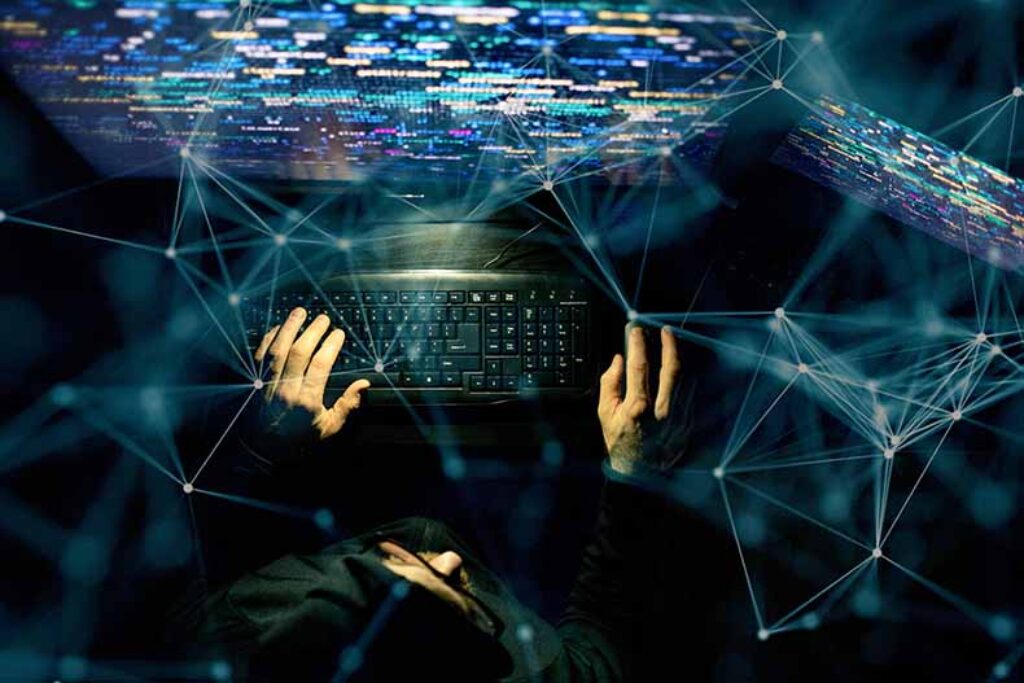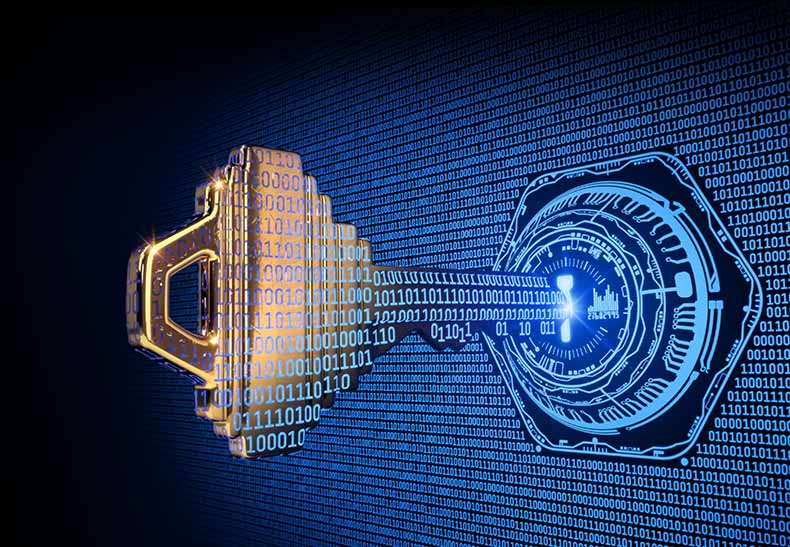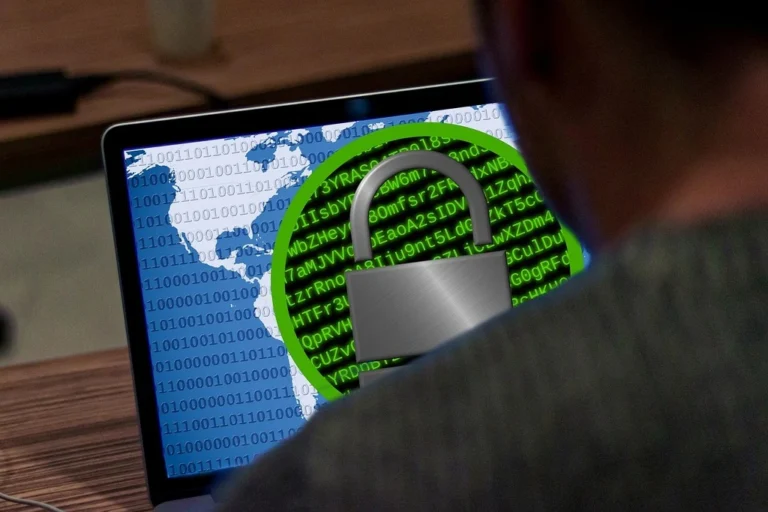Top 6 Cyber Security Challenges In 2021
Cyber security has always been a pressing matter for enterprises. Not only does it protect you, the business owner, but it also protects your consumers. Alas, the virtual world is no longer the same as before. Cyber security, in particular, has evolved over the past few years, but you can say the same thing about cyber security risks. They’ve become more complex and more difficult to predict.
That’s why it’s even more critical now that you prepare for such challenges. Unfortunately, you can’t do that without knowing what those are in the first place. On that note, this guide will enumerate the six most serious cyber security risks in 2021.
1. Phishing Campaigns
Phishing has always been a major issue in cyber security. It uses the element of fear and desire to trick people into giving their credentials. It usually involves sending an interesting email to an employee of the target company. Once they click on the email, they’ll be sent to a page where they’re required to log in, which means they have to enter their password. This paves the way for hackers to breach the company’s system.
While it may have been easy to detect phishing campaigns in the past, the pandemic has made a lot of people careless. Stories related to COVID-19 vaccines and other relevant topics are interesting enough to convince individuals to input their credentials.
As a result, people are now more vulnerable to phishing campaigns than ever before. So if you want to prevent such a problem, now’s the right time to conduct cyber security awareness training for your employees.
2. Cloud-Based Attacks

The pandemic in the previous year has also pushed companies to rely on cloud-based solutions. Dropbox, Google Drive, Microsoft Office Live—these are just a few examples of applications that experienced an increase in their user base after the virus outbreak. Although cloud services may be advantageous to companies, they give hackers another way to breach a company’s system. On the bright side, if you implement cloud-based solutions properly, there shouldn’t be anything to worry about.
3. Internet-Of-Things Attacks
You’ve probably heard of the Internet of Things (IoT) before. This refers to the connection between physical objects that allows them to exchange data. For instance, if your microwave can connect with your refrigerator, there are probably sensors or software embedded in those devices that enable the Internet of Things.
What’s alarming is that this is also something hackers can take advantage of. If they can connect to a device that somehow has a connection to your company’s system, then hacking into your system would be a piece of cake.
What’s more, it’s estimated that the number of IoT devices will rise to 11.6 billion in 2021, so there’ll be even more pathways that cybercriminals can use to hack into your system.
4. Disabled Firewalls
Usually, when employees are in an organized workplace, they don’t have to worry about their devices getting taken over by hackers since their company’s firewall protects their gadgets.
However, that’s no longer the case now that people are working from home. The same firewall that’s been protecting them while they’re in the office no longer applies to their devices and other security controls. In short, your employees’ devices are at risk, unless you can establish a new cyber security control suitable for remote access.
5. Artificial Intelligence Developments
Artificial intelligence (AI) has proven itself to be quite a formidable technology time and time again. It has led to many improvements in various sectors such as health care, sports, and entertainment, but what’s alarming is that hackers can also utilize AI to enhance their hacking tools and software performance.
Fortunately, if you can incorporate AI and machine learning into your cyber security system, it should be possible to counteract hackers’ attacks.
6. Outsourcing Risks
Outsourcing has become increasingly popular since the virus outbreak. After all, outsourcing saves companies time, money, and labor. It’s only a matter of time before the majority of companies outsource their operations.
However, although it’s a valuable asset, it can also pose a cyber security challenge. To begin with, outsourcing requires you, the client, to share confidential information with a third-party agency, which creates another pathway hackers can take. What makes it even more difficult is that you can’t control your outsourcing partner, nor can you influence their decisions regarding their own cyber security.
Hence, there’s a chance they’ll slip up and give hackers an opportunity to get into your system. It’s also possible that one of their employees is an accomplice, so you might end up suffering from an inside job.
Wrapping Up
Remember that although cyber security risks have become more challenging over the years, the technologies that can fight against them are also becoming progressively powerful. Since these technologies are accessible, you should have no problem adopting them, so see to it that you do just that as soon as possible in order to protect your company.







